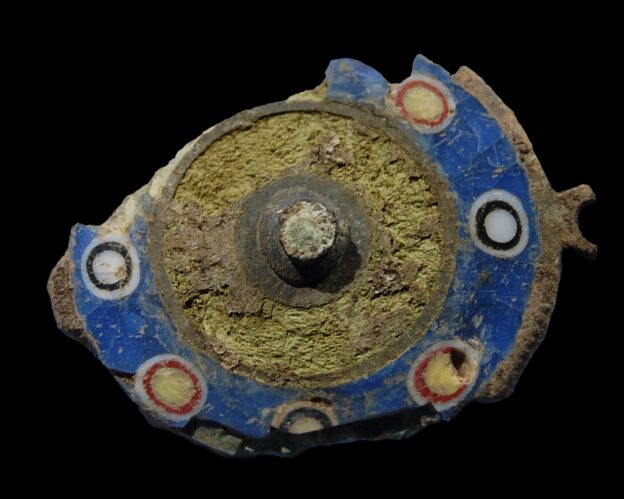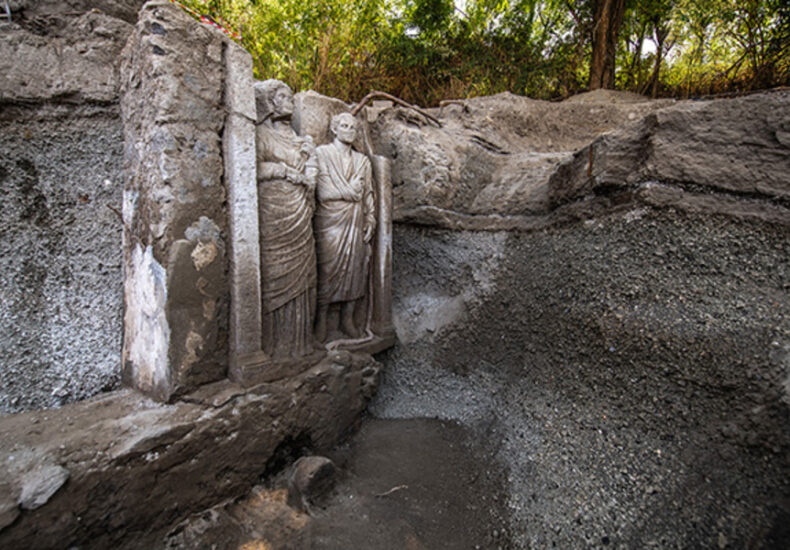
Ancient Tomb Relief Depicting Lifelong Love Found in Porta Sarno Necropolis in Pompeii
A striking discovery illuminating the historical fabric of Pompeii has been made in the Porta Sarno necropolis. The “Investigating the Archaeology of Death in Pompeii” project, a collaboration between the Universitat de València and the Pompeii Archaeological Park, has unearthed an extraordinary tomb relief depicting a couple almost life-size. This find offers new insights into
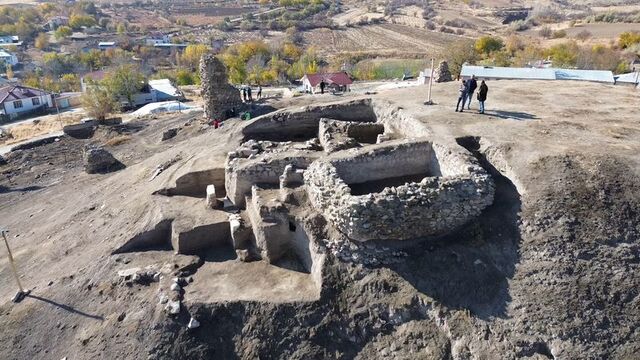
6000-Year-Old Unique Sacred Hearth Discovered at Tadım Mound
Archaeologists continuing excavations at Tadım Mound, located in the eastern Turkish province of Elazığ, have discovered two unique decorated sacred hearths dating back 6000 years. The excavation team also unearthed 12 Karaz pots dating from 4000-3000 BC and a painted pot decorated with mountain goats from 3200 BC, along with the sacred hearths. Elazığ Governor
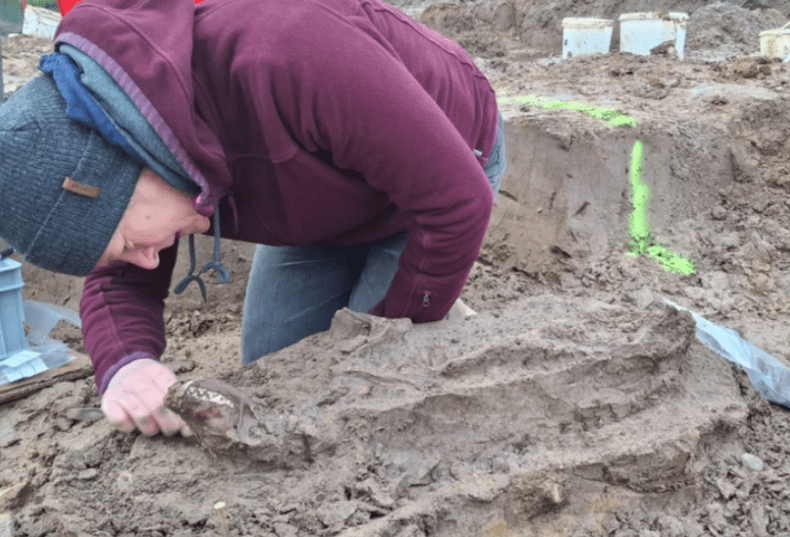
Remarkably Preserved Roman Dog Skeleton Found in Belgium
Archaeologists have discovered a well-preserved Roman dog skeleton beneath a stone foundation in Velzeke, near Zottegem (East Flanders). Over 700 traces dating from the 1st to 3rd centuries AD were found in the 1,000 square meter area. The dog unearthed during the excavation is reported to be unique and is being examined by the Museum
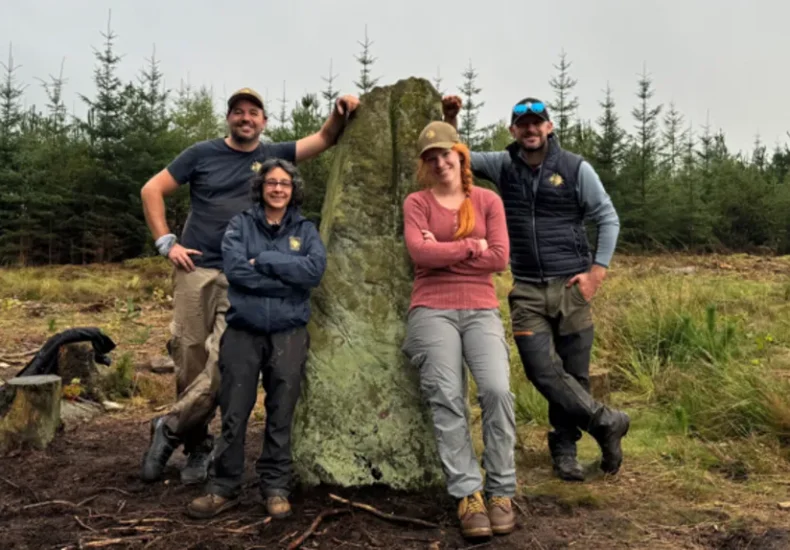
Archaeologists Uncover 3,700-Year-Old Ceremonial Stone Circle in England
In Farley Wood forest near Matlock in Derbyshire, England, archaeologists have unearthed a mysterious ceremonial stone circle dating back 3,700 years to the Bronze Age. What was initially thought to be a solitary standing stone, the Farley Moor standing stone, has been discovered to be part of a much larger ceremonial site. Excavations conducted

Is This Noah’s Ark? Exciting Discovery in Türkiye Sparks Debate
A boat-shaped mound in the Durupinar Formation near Mount Ararat in Türkiye has ignited interest among experts who believe it may be the fossilized remains of Noah’s Ark. This formation, studied by an international research team since 2021, is thought to have been submerged during a catastrophic flood approximately 5,000 years ago. Durupinar Formation: Clues
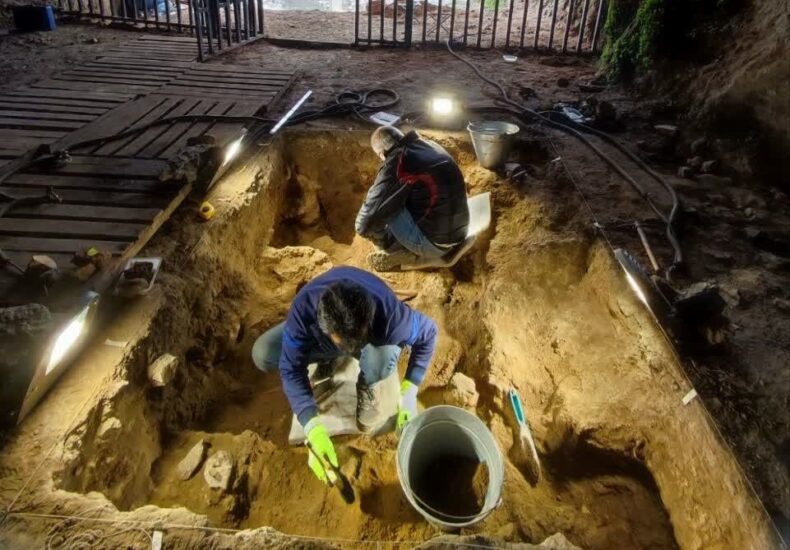
History Rewritten in Iran: 80,000-Year-Old Neanderthal Traces Discovered in Ghamari Cave!
Recent archaeological excavations in Ghamari Cave near Khorramabad in Iran’s Lorestan Province have revealed groundbreaking findings that shed light on the region’s prehistoric past. Iranian archaeologists have obtained strong evidence of Neanderthal settlement dating back 40,000 to 80,000 years. This discovery once again highlights the importance of Western Iran in human history. What Was Found
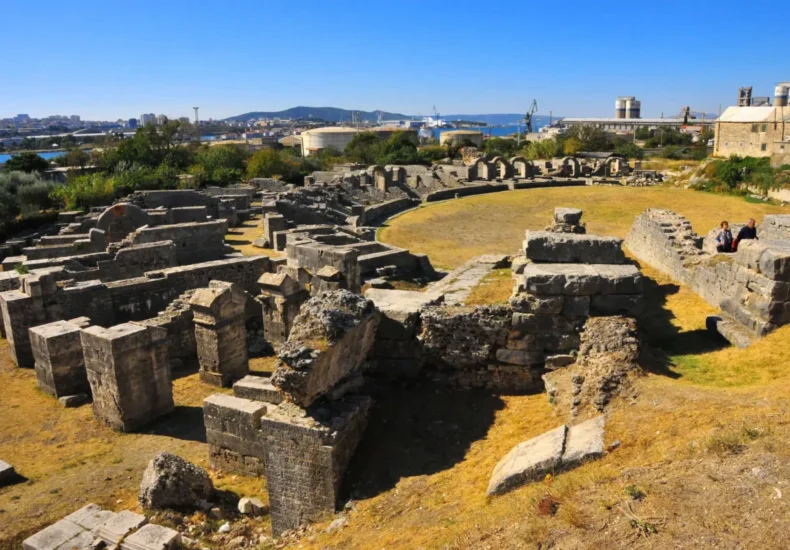
Tomb Discovered in Croatia Reveals Touching Story of Twins in Ancient Rome
Recent archaeological excavations in Trogir (ancient Tragurium), Croatia, have revealed a remarkable and heartbreaking discovery dating back to the 1st and 2nd centuries AD: the remains of twin babies buried side by side. This significant find, uncovered at the Dragulin cemetery near the ancient city of Tragurium, not only highlights the burial practices of the
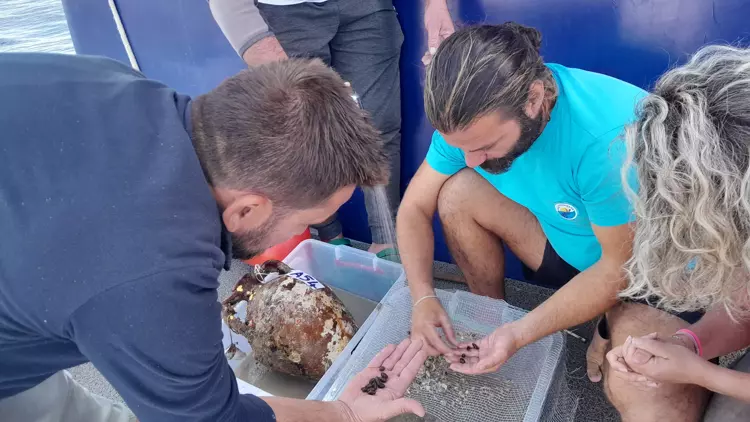
1100-Year-Old Olive Seeds Discovered in the Gaza Wreck: A First in Türkiye’s Underwater Archaeology
In the Mediterranean waters off Türkiye, 1100-year-old olive seeds have been discovered in a shipwreck that set sail from the Gaza coast and sank in a storm near Antalya. This exciting find has thrilled scientists, as Assoc. Prof. Dr. Hakan Öniz and his team uncovered these seeds during underwater excavation work, which had never been
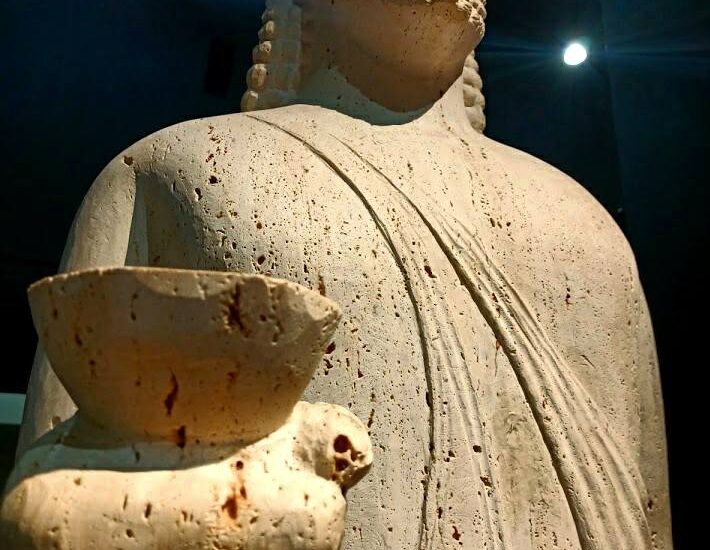
King Croesus: Ruler of Wealth, Prophecies, and Tragedy
King Croesus, more commonly known as Karun, was a ruler of the Kingdom of Lydia in the 6th century BC, who etched his name in history with his extraordinary wealth. The phrase “to be as rich as King Croesus” is still used today to express extreme wealth. However, Croesus’s story is woven not only with

